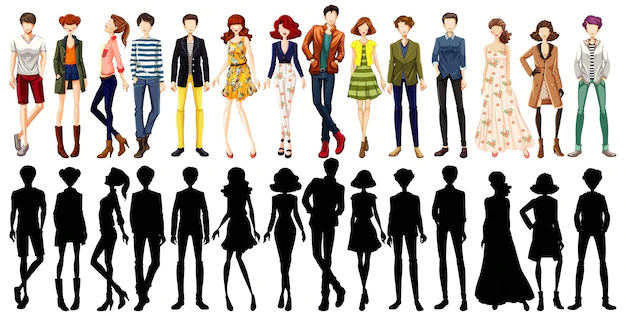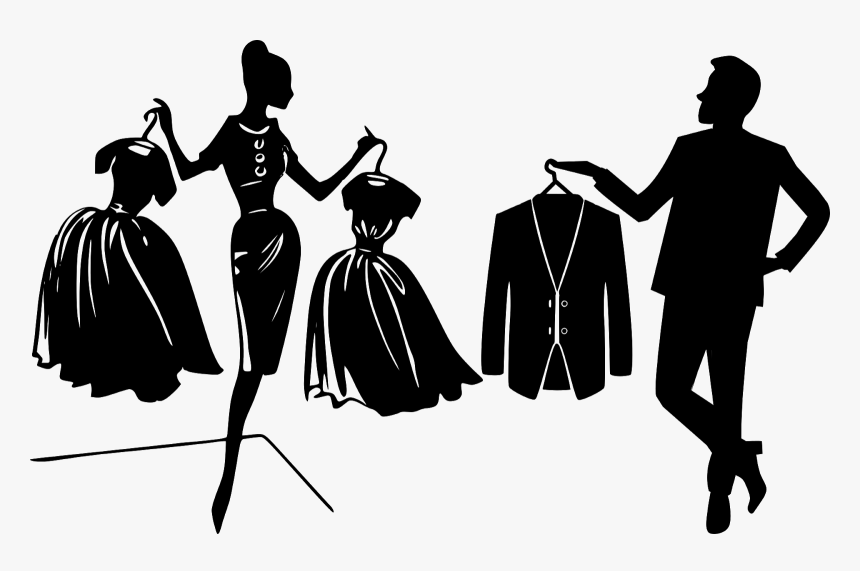Unlocking Makeup Artistry: A Comprehensive Guide to Online Tutorials
The democratization of beauty expertise through online platforms has revolutionized the field of makeup artistry. This guide leverages pedagogical principles to present fifteen online tutorial resources, catering to diverse skill levels, from novice enthusiasts to seasoned professionals seeking refinement and innovative techniques. We will explore the application of various learning theories and models to enhance the learning process and achieve optimal results. Key concepts including Andragogy (adult learning principles), Kolb's Experiential Learning Cycle, and the Elaboration Likelihood Model (ELM), will be implicitly integrated throughout this guide. These models emphasize active participation, reflection, and the importance of engaging learners at both a cognitive and emotional level for effective knowledge transfer and skill acquisition.
Building a Foundation in Makeup Application: Fundamental Techniques
A structured approach to learning makeup artistry is paramount. These essential tutorials build a robust foundational skillset conducive to creating polished and flawless looks. This mirrors the principles of scaffolding in education, where foundational skills provide a base for more complex learning.
- Mastering Base Application: Foundation, Concealer, and Setting Powder: Achieving a flawless base requires understanding skin tones, product selection, and application techniques. Tutorials demonstrating proper blending, coverage techniques (sheer to full coverage), and the role of setting powder in longevity and finish are invaluable. This incorporates the cognitive load theory, breaking down complex procedures into manageable steps.
- Brow Shaping and Enhancement: Well-defined eyebrows significantly impact facial symmetry and overall aesthetic appeal. Tutorials emphasizing brow mapping, shaping with stencils or tweezers, and filling techniques (powder, pencil, gel) are crucial. This aligns with the constructivist learning theory, encouraging learners to build their understanding through practical application and experimentation.
- Eyeshadow Application: Techniques and Color Theory: Eyeshadow application involves understanding color theory, blending techniques (gradient, halo, cut crease), and application tools (brushes, sponges). Tutorials illustrating these concepts and applying them to diverse eye shapes offer practical application and contribute to the mastery of this art form. Here, social cognitive theory is applied; observing skilled techniques inspires learners to replicate and refine their abilities.
- Winged Eyeliner Application: Precision and Technique: This seemingly simple technique requires precision and practice. Tutorials focusing on different techniques (tape method, dot-and-connect, freehand) and adapting techniques to various eye shapes highlight the importance of tailored instruction in aligning with individual learning needs. This adheres to the principle of differentiated instruction.
- Contouring and Highlighting: Sculpting the Face: This technique uses light and shadow to enhance facial features. Tutorials should address shade selection, placement for different face shapes, and appropriate blending techniques. Applying Gardner's Multiple Intelligences, visual learners benefit from demonstrations, while kinesthetic learners learn by practicing.
- Lip Application Techniques: Precision and Longevity: This involves product selection, lip liner techniques, and application methods (brush, direct application) that enhance the precision and longevity of the lipstick application. This illustrates experiential learning; hands-on practice is vital to mastering this skill.
- Color Correction: Neutralizing Imperfections: This technique utilizes color theory to counteract skin discolorations (redness, dark circles). Tutorials showcasing the application of color-correcting products and their integration into the base makeup routine are critical for flawless results. This applies problem-based learning; learners solve the "problem" of uneven skin tone.
- False Lash Application: Enhancing the Eyes: Tutorials focusing on lash selection, measurement, application techniques, and removal methods are essential for achieving a natural yet glamorous outcome. This integrates self-regulated learning; successful lash application requires careful attention to detail and self-monitoring.
- Blending Techniques: Achieving Seamless Transitions: This emphasizes the importance of seamless transitions between different makeup products and colors. Tutorials demonstrating proper blending techniques (buffering, stippling, etc.) for foundation, concealer, and eyeshadow are essential. This reinforces the importance of practice, fundamental to skill development.
- Natural Makeup Enhancement: The "No-Makeup" Look: This focuses on subtly enhancing natural beauty with minimal product. Tutorials focusing on skin prep, light coverage, and natural brow and lip enhancement techniques are ideal. This caters to diverse preferences, adhering to the principles of inclusive education.
Advanced Makeup Artistry: Refining Skills and Exploring Creativity
Building upon the foundation, this section delves into advanced techniques to enhance artistry and individual expression. This section is aligned with Vygotsky's sociocultural theory; building skills and artistic expression within a community of online learners through shared tutorials and practices.
- Brush Selection and Application Techniques: Tool Mastery: Understanding brush types (shape, fiber type) and their specific uses for different makeup products and techniques is crucial for achieving professional-level results. This highlights the importance of resource management in makeup application.
- Diverse Makeup Styles: Exploring Individual Aesthetics: Exposure to various makeup styles (vintage, modern, editorial) fosters creative expression and helps define one's unique aesthetic preferences. This fosters self-discovery and personalization of the makeup application process.
- Staying Current with Trends: Maintaining Relevance: Following current trends in makeup application ensures stylistic relevance and expands artistic horizons. This emphasizes lifelong learning, as trends constantly evolve.
- Product Knowledge and Brand Exploration: Informed Choices: This teaches discerning product selection based on skin type, desired results, and brand reputation. This is crucial for enhancing the efficacy of the makeup application process. It illustrates the importance of critical thinking in choosing the appropriate products.
- The Importance of Practice: Refining Technique and Style: Consistent practice is indispensable for refining technique and developing personal style. This mirrors the concept of deliberate practice, a crucial aspect of skill mastery.
Conclusions and Recommendations
The accessibility of online makeup tutorials has profoundly democratized access to beauty expertise, empowering individuals to enhance their skills and develop personal styles. Applying principles of andragogy, experiential learning, and the elaboration likelihood model enhances the learning process, promoting effective knowledge transfer and skill acquisition. Future research could focus on the development of adaptive learning platforms that tailor tutorial content to individual learning styles and skill levels. This would further personalize the learning experience and enhance the effectiveness of online tutorials. Additionally, research could explore the impact of online makeup tutorials on body image and self-esteem, to ensure a positive and healthy learning environment.
Reader Pool: What are your thoughts on the role of online platforms in shaping individual beauty aesthetics and fostering a sense of community among makeup enthusiasts?
```





No comments yet. Be the first to share your thoughts!